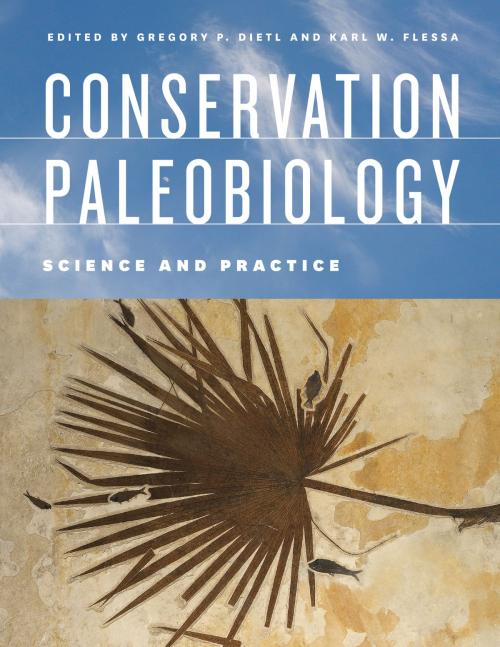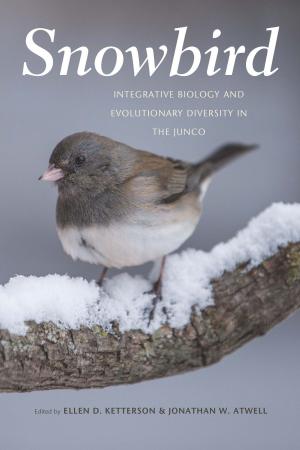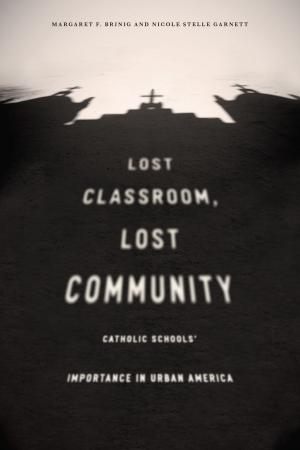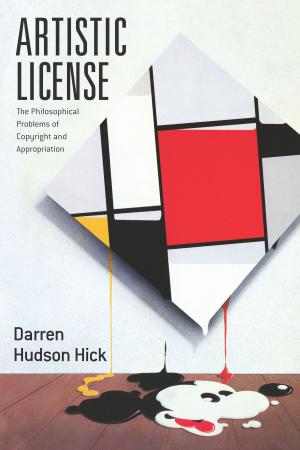Conservation Paleobiology
Science and Practice
Nonfiction, Science & Nature, Science, Earth Sciences, Palaeontology| Author: | ISBN: | 9780226506869 | |
| Publisher: | University of Chicago Press | Publication: | November 17, 2017 |
| Imprint: | University of Chicago Press | Language: | English |
| Author: | |
| ISBN: | 9780226506869 |
| Publisher: | University of Chicago Press |
| Publication: | November 17, 2017 |
| Imprint: | University of Chicago Press |
| Language: | English |
In conservation, perhaps no better example exists of the past informing the present than the return of the California condor to the Vermilion Cliffs of Arizona. Extinct in the region for nearly one hundred years, condors were successfully reintroduced starting in the 1990s in an effort informed by the fossil record—condor skeletal remains had been found in the area’s late-Pleistocene cave deposits. The potential benefits of applying such data to conservation initiatives are unquestionably great, yet integrating the relevant disciplines has proven challenging. Conservation Paleobiology gathers a remarkable array of scientists—from Jeremy B. C. Jackson to Geerat J. Vermeij—to provide an authoritative overview of how paleobiology can inform both the management of threatened species and larger conservation decisions.
Studying endangered species is difficult. They are by definition rare, some exist only in captivity, and for those still in their native habitats any experimentation can potentially have a negative effect on survival. Moreover, a lack of long-term data makes it challenging to anticipate biotic responses to environmental conditions that are outside of our immediate experience. But in the fossil and prefossil records—from natural accumulations such as reefs, shell beds, and caves to human-made deposits like kitchen middens and archaeological sites—enlightening parallels to the Anthropocene can be found that might serve as a primer for present-day predicaments. Offering both deep-time and near-time perspectives and exploring a range of ecological and evolutionary dynamics and taxa from terrestrial as well as aquatic habitats, Conservation Paleobiology is a sterling demonstration of how the past can be used to manage for the future, giving new hope for the creation and implementation of successful conservation programs.
In conservation, perhaps no better example exists of the past informing the present than the return of the California condor to the Vermilion Cliffs of Arizona. Extinct in the region for nearly one hundred years, condors were successfully reintroduced starting in the 1990s in an effort informed by the fossil record—condor skeletal remains had been found in the area’s late-Pleistocene cave deposits. The potential benefits of applying such data to conservation initiatives are unquestionably great, yet integrating the relevant disciplines has proven challenging. Conservation Paleobiology gathers a remarkable array of scientists—from Jeremy B. C. Jackson to Geerat J. Vermeij—to provide an authoritative overview of how paleobiology can inform both the management of threatened species and larger conservation decisions.
Studying endangered species is difficult. They are by definition rare, some exist only in captivity, and for those still in their native habitats any experimentation can potentially have a negative effect on survival. Moreover, a lack of long-term data makes it challenging to anticipate biotic responses to environmental conditions that are outside of our immediate experience. But in the fossil and prefossil records—from natural accumulations such as reefs, shell beds, and caves to human-made deposits like kitchen middens and archaeological sites—enlightening parallels to the Anthropocene can be found that might serve as a primer for present-day predicaments. Offering both deep-time and near-time perspectives and exploring a range of ecological and evolutionary dynamics and taxa from terrestrial as well as aquatic habitats, Conservation Paleobiology is a sterling demonstration of how the past can be used to manage for the future, giving new hope for the creation and implementation of successful conservation programs.















